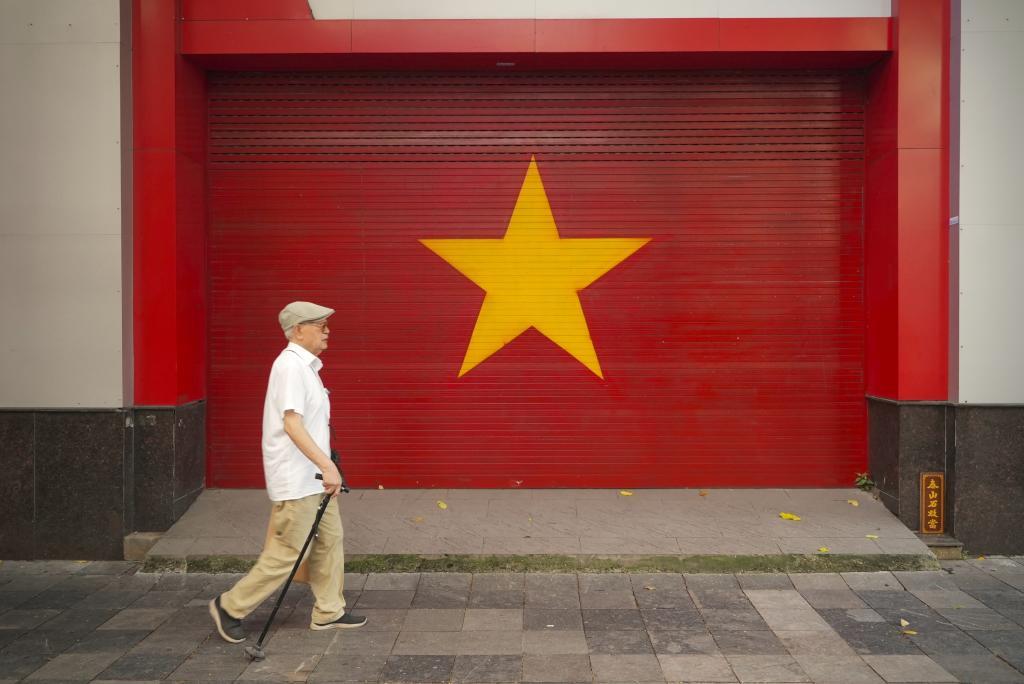The speech was more than symbolic— it signaled the launch of what could be Vietnam's most ambitious economic overhaul in decades.
Vietnam aims to get rich by 2045 and become Asia's next "tiger economy" — a term used to describe the earlier ascent of countries like South Korea and Taiwan.
The challenge ahead is steep: Reconciling growth with overdue reforms, an aging population, climate risks and creaking institutions. There's added pressure from President Donald Trump over Vietnam's trade surplus with the U.S., a reflection of its astounding economic trajectory.
In 1990, the average Vietnamese could afford about $1,200 worth of goods and services a year, adjusted for local prices. Today, that figure has risen by more than 13 times to $16,385.
Vietnam's transformation into a global manufacturing hub with shiny new highways, high-rise skylines and a booming middle class has lifted millions of its people from poverty, similar to China. But its low-cost, export-led boom is slowing, while the proposed reforms — expanding private industries, strengthening social protections, and investing in tech, green energy. It faces a growing obstacle in climate change.
"It's all hands on deck...We can't waste time anymore," said Mimi Vu of the consultancy Raise Partners.
Investment has soared, driven partly by U.S.-China trade tensions, and the U.S. is now Vietnam's biggest export market. Once-quiet suburbs have been replaced with industrial parks where trucks rumble through sprawling logistics hubs that serve global brands.
Vietnam ran a $123.5 billion trade surplus with the U.S. trade in 2024, angering Trump, who threatened a 46% U.S. import tax on Vietnamese goods. The two sides appear to have settled on a 20% levy, and twice that for goods suspected of being transshipped, or routed through Vietnam to avoid U.S. trade restrictions.
During negotiations with the Trump administration, Vietnam's focus was on its tariffs compared to those of its neighbors and competitors, said Daniel Kritenbrink, a former U.S. ambassador to Vietnam. "As long as they're in the same zone, in the same ballpark, I think Vietnam can live with that outcome," he said. But he added questions remain over how much Chinese content in those exports might be too much and how such goods will be taxed.
Vietnam was preparing to shift its economic policies even before Trump's tariffs threatened its model of churning out low-cost exports for the world, aware of what economists call the "middle-income trap," when economies tend to plateau without major reforms.
To move beyond that, South Korea bet on electronics, Taiwan on semiconductors, and Singapore on finance, said Richard McClellan, founder of the consultancy RMAC Advisory.
But Vietnam's economy today is more diverse and complex than those countries were at the time and it can't rely on just one winning sector to drive long-term growth and stay competitive as wages rise and cheap labor is no longer its main advantage.
